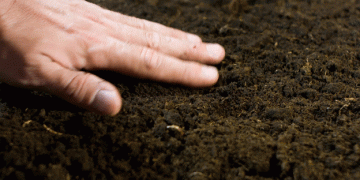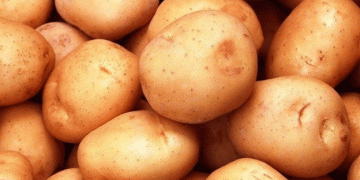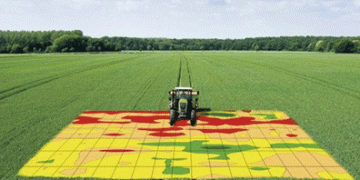The impacts of climate change in Idaho will present challenges and opportunities to all sectors of Idaho’s economy — from recreation and tourism to agriculture, energy, human health, infrastructure and land — according to a series of reports prepared by Idaho researchers and just released to the public by the University of Idaho James A. and Louise McClure Center for Public Policy Research.
The Idaho Climate-Economy Impacts Assessment connects the latest scientific research on Idaho’s changing climate with economic risks and opportunities that impact businesses, residents and local and state economies.
“The assessment is a nonpartisan, science-based resource for Idaho business leaders and policy makers to plan for a productive, prosperous and resilient Idaho economy,” said Katherine Himes, director of the McClure Center.
Over the past two years, dozens of Idaho researchers accessed and synthesized data on various effects of climate change. They connected changes in Idaho’s climate with economic analyses and worked with state and regional experts to assess how this may impact Idahoans’ pocketbooks.
“Idaho is geographically unique,” said Patrick Hatzenbuehler, U of I assistant professor of agricultural economics, Extension specialist in crops economics and co-author of the agriculture report. “Having Idaho-specific data will help the different communities across Idaho respond to regionally specific challenges presented by climate trends,” he said.
The assessment was supported financially by businesses, nonprofits, governments and foundations and included a forty-member advisory board with leaders from businesses, nonprofits and local, state, federal and tribal governments.
A Look to Major Economic Sectors
The team of researchers from University of Idaho, Boise State University and Idaho State University looked at Idaho’s major economic sectors including agriculture, energy, human health, infrastructure, land (forests and rangelands), and recreation and tourism.
Jeff Hicke, U of I professor of geography and climate change researcher, co-led the forests section of the assessment. He compiled and reviewed data and scientific literature to identify the most recent forest science relevant to Idaho. The forests report indicates there will be a shift of tree species in the years to come as climates changes and forests adapt.
“Trees will respond differently to climate change; some will benefit from a warmer climate and others will be stressed, reduce their growth and be vulnerable to bark beetle outbreaks,” he said.
Hicke said the assessment reveals opportunities for the timber industry to identify solutions to reduce the effects of climate change and protect economic activity in Idaho. This could include working with others to offset emissions impacts by increasing storage in Idaho’s forests and providing monetary benefit to Idaho’s forest managers.
Hatzenbuehler notes these reports will help industry leaders, land managers and land owners adapt practices to lessen economic impacts from climate change or even increase profit under certain conditions.
“The trends indicate that, even under irrigation, some crops such as corn are more sensitive to climate change than other crops like wheat. Similarly, if you have irrigated land with enough access to water, hay will be a crop that will increase yield as the temperature becomes warmer, so including hay in the rotation over crops such as corn makes economic sense as a farmer in that specific scenario,” he said.
The economic assessment reports are available online, along with additional material and resources. Himes encourages Idahoans to visit the website to identify opportunities for economic growth and learn more.






